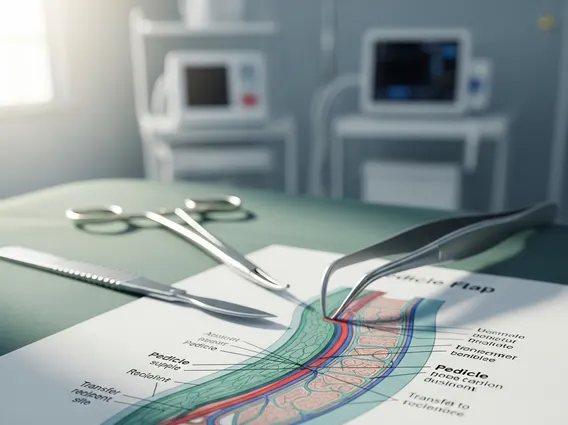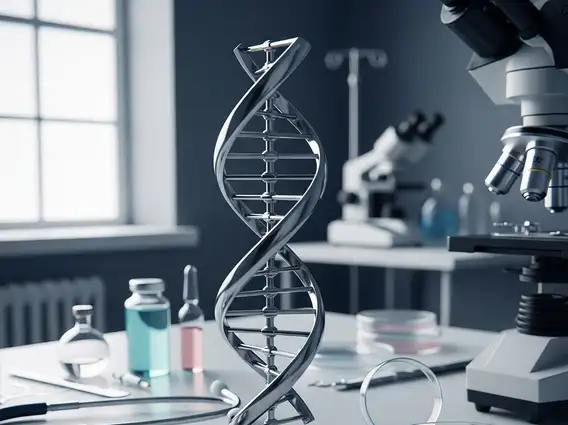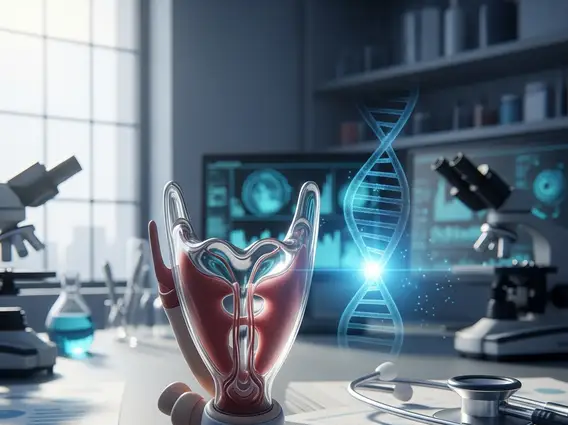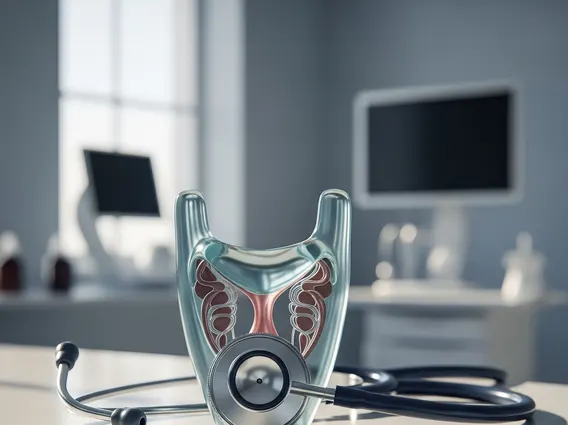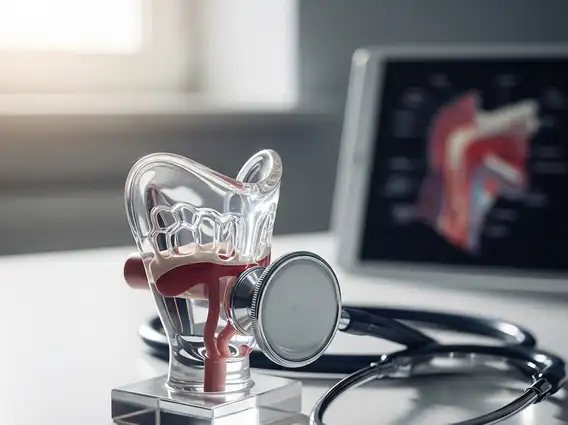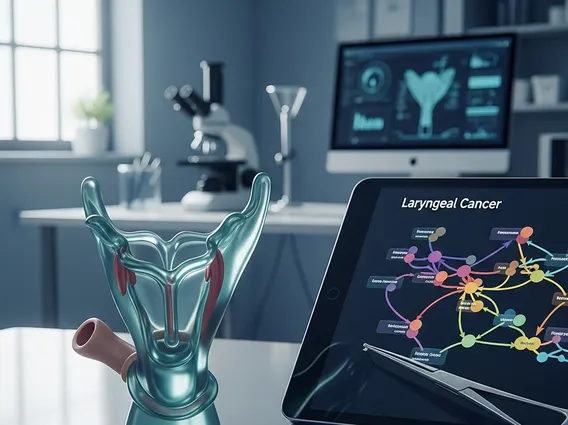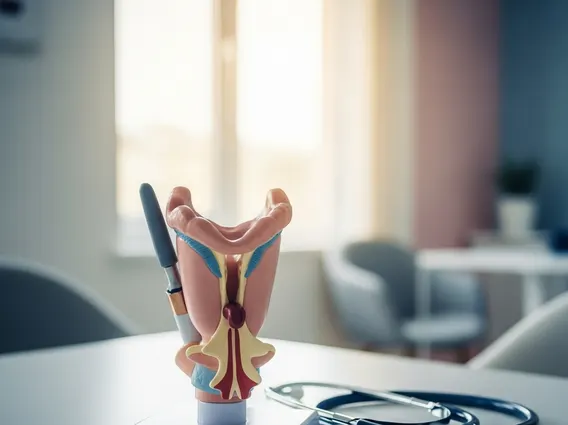Prostate Cancer FAQs: This article answers frequently asked questions about prostate cancer including diagnosis, symptoms, and treatment options.
What is Prostate Cancer?
Prostate cancer is the second most common cancer among men (with skin cancer being the first), but it can often be treated successfully. Prostate cancer starts when cells in the prostate (a gland found only in males) begin to grow out of control.
The prostate sits below the bladder and makes some of the fluid that is part of semen. Almost all prostate cancers are adenocarcinomas that develop from the gland cells that make the prostate fluid which is added to the semen. Other types of prostate cancer include small cell carcinomas, neuroendocrine tumors, transitional cell carcinomas, and sarcomas. Most prostate cancers grow very slowly and can be found and treated early.
Prostate Cancer FAQs
Should I Get Tested for Prostate Cancer?
Prostate cancer can be found early (before people have symptoms) through screening tests. Finding the cancer early increases the likelihood of successful treatment. However, there are also risks involved with screening for prostate cancer.
The tests are not 100% accurate, and false-positives can lead to anxiety. Another risk is overtreatment. Some prostate cancers do not pose a risk, but if the doctor finds the cancer, they might subject the patient to chemotherapy, radiation, and other treatments they might not need.
The American Cancer Society (ACS) recommends screening for prostate cancer if you fit any of the below categories (after discussing the possible risks with your doctor):
-
- If you are 50 or older and are at average risk of prostate cancer and are expected to live at least 10 more years.
- If you are 45 or older and are at high risk of developing prostate cancer. This includes African Americans and men who have a first-degree relative (father or brother) diagnosed with prostate cancer at an early age (younger than age 65).
- If you are 40 or older and at even higher risk (those with more than one first-degree relative who had prostate cancer at an early age).
What are Prostate Cancer Survival Rates?
Because prostate cancer grows slowly, prostate cancer survival rates are high when detected early. Statistics are based on when a patient is first diagnosed to a relative survival rate of 5 years, meaning what percentage of patients are still alive 5 years after being diagnosed.
If the cancer has not spread further than the prostate, or if it has only spread to nearby areas, the 5-year relative survival rate is nearly 100%. If the cancer has spread to parts of the body that are further from the prostate like lungs, liver, or bones, the 5-year relative survival rate drops to 30%. However, the slow growth of the cancer makes first detection at this advanced stage unlikely.
What are Prostate Cancer Signs and Symptoms?
Most prostate cancers are found early through screening because early prostate cancer does not usually cause symptoms. Some symptoms of more advanced prostate cancer can include:
-
- Urination problems
- Blood in the urine or semen
- Erectile dysfunction
- Hip, back, and chest pain if the cancer has spread to the bones
- Weakness or numbness in the legs and feet.
These symptoms are more often caused by other issues than prostate cancer, but you should visit your doctor to determine the cause if you experience any of the above symptoms.
Should I Get Treated for Prostate Cancer?
Depending on several factors, you may not need to get immediate treatment for prostate cancer. If you have early-stage prostate cancer, factors such as your age, general health, and likelihood the cancer will cause problems should be considered. If you are older, or have serious health problems, you may not want to treat the cancer, and instead just manage the symptoms.
Treatment can cause certain issues like incontinence, so might want to be avoided until more necessary. You may want to pursue treatment sooner if you are younger, otherwise healthy, and can accept possible side effects if they offer the best chance for a cure. If you are young and healthy, there are several treatment options to consider.
What are Prostate Cancer Treatment Options?
If your cancer is detected at an early stage, and you are young and otherwise healthy, you have two main treatment options each with an equal chance for a cure, but each with their own risks and benefits.
Surgery
Surgery is a common choice for prostate cancer if it has not spread outside the prostate gland. The most common surgery option removes the entire prostate gland and some of the tissue around it, including the seminal vesicles. Risks associated with the surgery include, but are not limited to reactions to anesthesia, bleeding, blood clots, damage to nearby organs, and infections at the surgery site.
Side effects most often include urinary incontinence and erectile dysfunction. These side effects can also occur with other prostate cancer treatments. Other side effects can also include changes in orgasm, loss of fertility, and others. However, this treatment can often cure the cancer and prevent it from spreading.
Radiation Therapy
Radiation therapy uses high-energy rays or particles to kill cancer cells. Radiation treatment might be used as a first treatment for low grade cancer, as part of the first treatment for cancers that have grown outside the prostate to nearby tissues, if the cancer is not completely removed, or comes back after surgery, or if the cancer is advanced to help keep it under control for as long as possible.
Other prostate cancer treatment options depend on the stage of the cancer and include:
-
- Observation or Active Surveillance
- Cryotherapy
- Hormone therapy
- Chemotherapy
- Immunotherapy
- Targeted Therapy
What are New Therapies for Prostate Cancer?
There are other types of treatment that include newer types of surgery like a robotic-assisted prostatectomy and new types of radiation treatment like proton beam radiation. For robotic assisted surgery, the surgeon uses a control panel and moves robotic arms to operate.
This method is advantageous because there is less pain, blood loss, and a shorter recovery time than the open approach. Proton beam radiation focuses beams of protons instead of x-rays on the cancer. Protons cause little damage to tissues and could be very beneficial in the future, but it is not widely used as a technique. Clinical trials also test new therapies and should always be considered as a treatment option.
Source:

